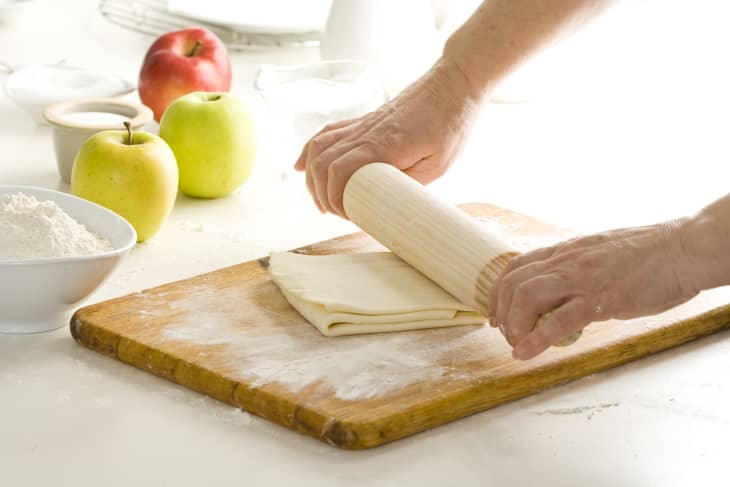What’s the Difference Between Phyllo and Puff Pastry?
Phyllo dough and puff pastry are both wonders of the frozen food world that help us create amazing pastries, tarts, and other baked goods at the drop of a hat. Of course, if you’re the ambitious type you can make them yourself, but the beauty of these is their convenience and ease — you can pluck them straight from the frozen case.
Both doughs are flaky and delicious, but how are they different, and can they be used interchangeably?
Phyllo Dough
Phyllo (also spelled filo), which means “leaf” in Greek, is tissue-thin sheets of dough that have very little fat. Many popular Greek dishes, such as baklava and spanakopita, are made with phyllo dough. Phyllo dough can also make great edible serving cups for appetizers or desserts.
Phyllo is found in the freezer section in flat squares or rolls, although you may be able to find fresh phyllo in Greek markets. Defrost in the refrigerator and not on the counter since it can get gummy. Because phyllo dough doesn’t have much fat, the sheets are usually brushed with melted butter or oil and then layered together. When it bakes up, the layers get airy, crisp, and flaky.
The main thing to know about working with phyllo dough is to keep it from drying out. Keep the sheets covered with plastic wrap or a damp towel while you’re working, and don’t be discouraged if a sheet rips — just patch it back together and move on, it’ll bake up just fine! Don’t refreeze phyllo, as it will get brittle.
- Learn more about working with phyllo dough: How To Work with Phyllo Dough
Phyllo Dough Recipes
Puff Pastry
Puff pastry, called pâte feuilletée in French, is a type of laminated dough, which means chilled fat, usually butter, has been folded multiple times into the dough to create many alternating layers of butter and dough. When made and baked properly, it puffs up into lots of very flaky, airy layers.
Puff pastry is usually sold frozen in folded sheets that are about the same thickness as rolled-out pie dough. The best commercial puff pastries are the ones made with pure butter — always check the label, as some puff pastries are made with oil or other fats that just don’t taste as good as butter. Defrost in the refrigerator to make sure those butter layers stay nice and cold.
When working with puff pastry, you want to work quickly while it’s still cold and you want to handle it as little as possible to keep the layers from getting squished down together and producing a dense final result. Use sharp knives to cut straight down without sawing back and forth too if you need to cut or trim the dough.
Puff pastry can be used in both sweet and savory applications — use it for tarts, croissants, pastry pockets, or shaped into little appetizer cups. It’s definitely denser but sturdier than baked phyllo dough.
Tips on Working with Puff Pastry
Can Puff Pastry and Phyllo Dough Be Used Interchangeably?
Due to the big differences in thickness, their ingredients, and how they’re made, you should not substitute phyllo dough for puff pastry or vice versa. They are very different pastries with differing textures, and recipes will turn out best if you use the correct one.
